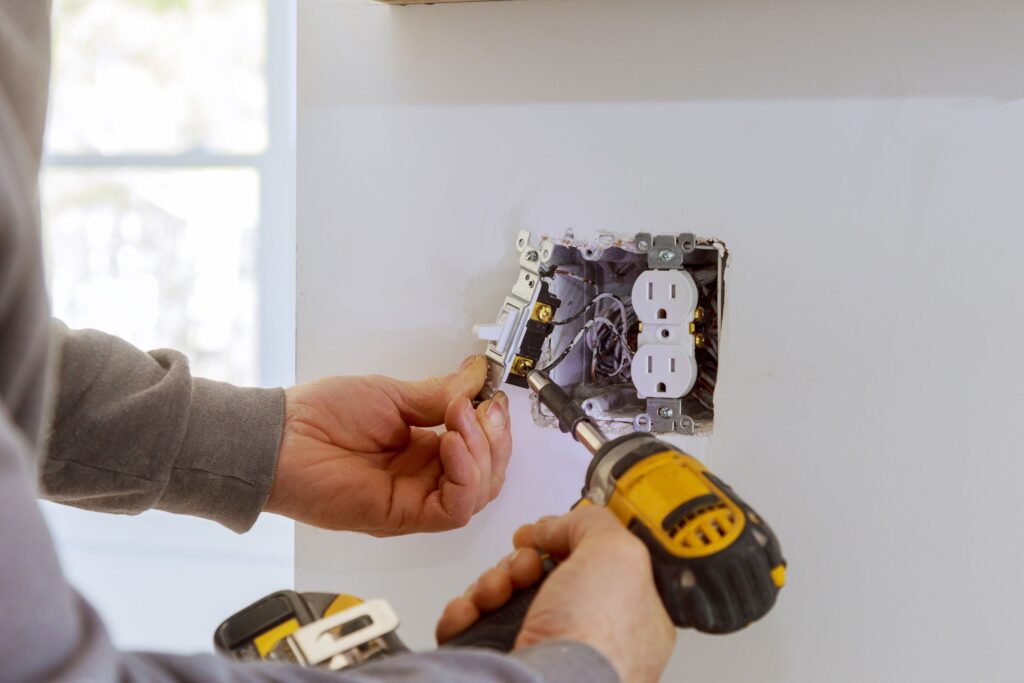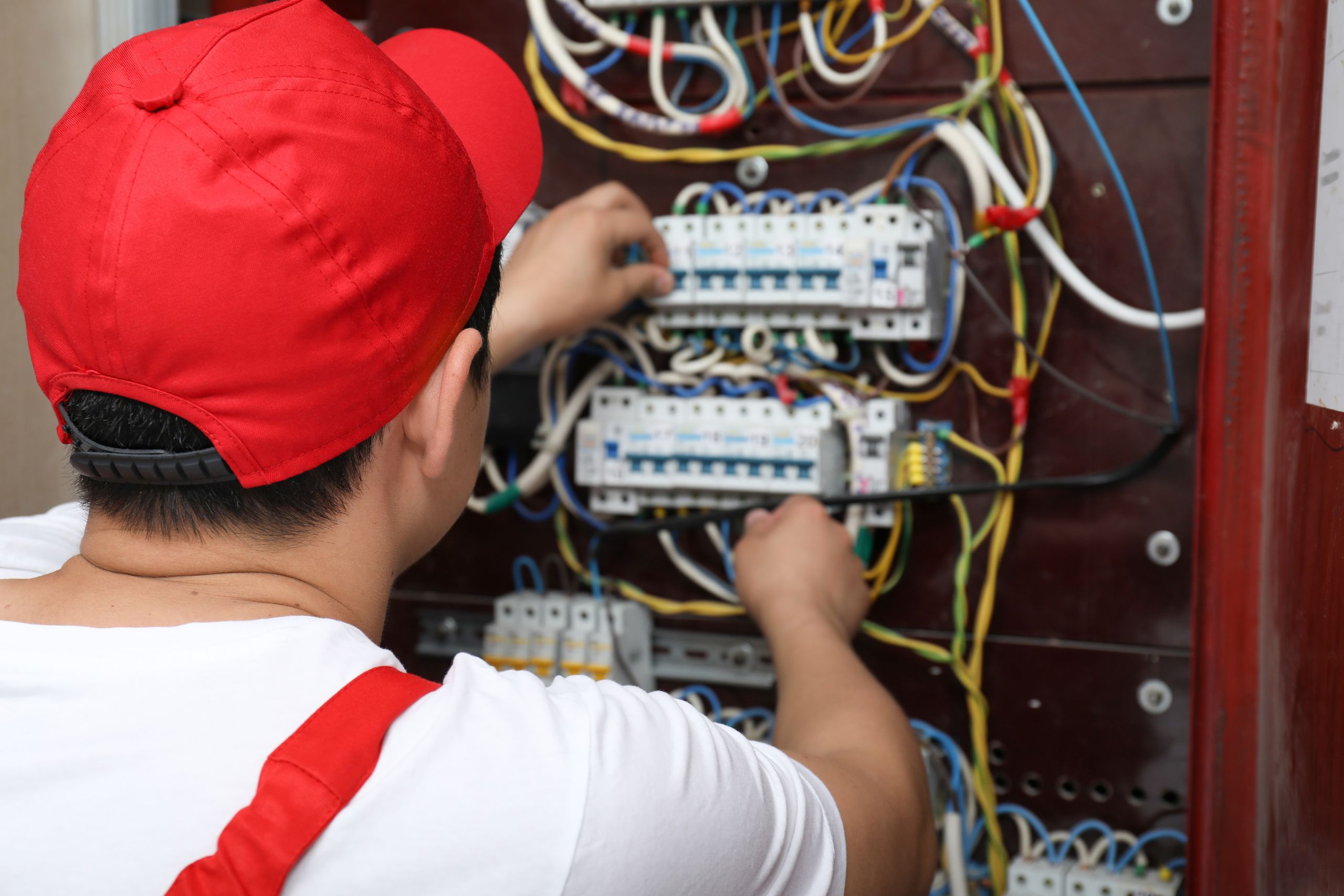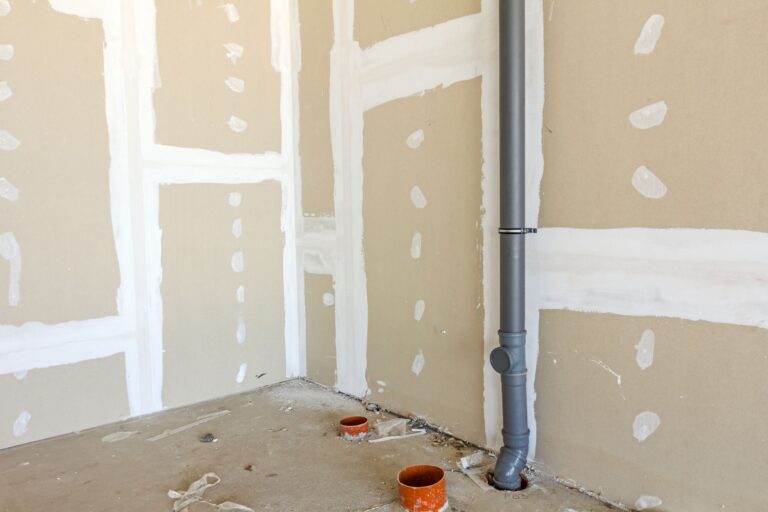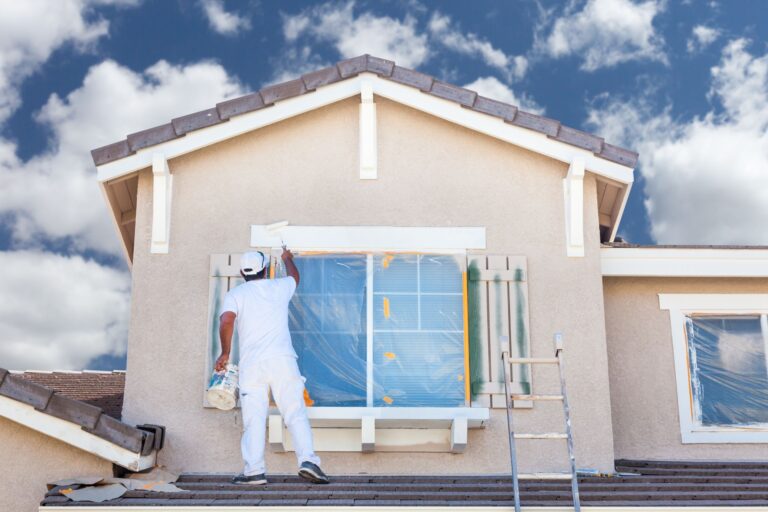
Electricity is the quiet lifeline of modern homes. It powers everything from your morning coffee to your evening Netflix unwind. But for something so essential, it’s easy to forget how dangerous it can become when neglected. Outdated wiring, overloaded circuits, and ignored warning signs don’t just risk inconvenience—they risk lives. And unfortunately, most homeowners don’t think about electrical maintenance until the lights go out or something sparks.
At Hickory Hollow, we believe that keeping your home safe means looking beyond the obvious. Electrical system inspection and maintenance often fly under the radar, especially when things seem to be working fine. But just like a car engine needs servicing, your electrical system needs attention to remain safe, efficient, and up to code. This article isn’t about panic. It’s about prevention. Because when you take a proactive approach to your home’s wiring, outlets, and panels, you’re not just protecting property—you’re protecting people.
Why Electrical Systems Deserve More Attention Than They Get
The majority of residential fires in older homes start with electrical faults. These aren’t dramatic lightning strikes or freak accidents. They’re the result of systems that were never meant to handle today’s loads. Your microwave, desktop setup, heating system, and smart home devices—all demand more energy than homes built in the 1960s or ’70s were designed to support. Yet many people continue using outdated electrical panels and overburdened circuits without even realizing it.
Routine electrical maintenance may sound technical, but it’s really about spotting risks early. Are your breakers tripping frequently? Do outlets feel warm after use? Are extension cords serving as permanent fixtures? These everyday signs often get ignored. Unfortunately, the damage builds invisibly. Behind your walls, wires can fray, insulation can crack, and loose connections can quietly build heat until one day, it’s too much.
Bringing awareness to your home’s electrical performance is the first step toward a safer space. And you don’t need to be an expert—you just need to pay attention, ask the right questions, and act before things fail.
When It’s Time to Upgrade—And What That Really Means
Not all upgrades are about aesthetics. Some are about safety and function. If your home still runs on a fuse box or has aluminum wiring, that’s a red flag. These systems might still technically work, but they no longer meet modern electrical safety standards. More importantly, they can’t handle the increased demands of today’s appliances and electronics.
Upgrading your electrical panel is one of the most impactful renovations you can make, yet it’s often delayed because it’s not visible. But just because you don’t see your wiring doesn’t mean it isn’t aging. Bringing in a licensed electrician to evaluate your current load capacity, circuit distribution, and grounding system is essential if your home is more than 25 years old. Especially if you’ve added new devices, installed a hot tub, or converted the garage into a home office.
An upgrade doesn’t have to mean a full gut job. Sometimes it’s as simple as adding extra circuits, replacing old outlets with GFCI models, or installing a whole-house surge protector. These aren’t luxuries—they’re safeguards.
Signs You Should Never Ignore: Listening to Your Home
Every home sends signals. A flickering light may not feel like a big deal, but when it happens repeatedly or in multiple rooms, it could point to a deeper wiring issue. Same goes for buzzing outlets, burning smells from sockets, or any instance where a plug fits too loosely or tightly. These aren’t quirks—they’re warnings.
One of the most dangerous misconceptions about electrical systems is assuming they’ll just keep working because they always have. But electricity is a high-pressure system. It’s always “on,” which means it’s always under stress. If your breakers trip regularly or if you rely heavily on extension cords and power strips, it means your system isn’t keeping up. And when a system is under stress, failure is just a matter of time.
Paying attention to these signs and scheduling a residential electrical inspection might be the difference between a minor repair and a devastating fire. Your home is trying to communicate. The question is: are you listening?
Balancing DIY Curiosity with Professional Expertise
In an age of online tutorials and influencer fix-it guides, many homeowners feel confident tackling small repairs themselves. And that’s a good thing—to a point. Replacing a light switch or installing a new outlet cover is manageable. But once you’re dealing with circuits, panels, or load balancing, the risks far outweigh the rewards.
Electrical work carries a different kind of consequence than most home maintenance. One wrong connection doesn’t just break a light—it can start a fire or electrocute someone. That’s why licensed electricians are not a luxury, they’re a necessity. Their training includes code compliance, proper safety measures, and a depth of knowledge that DIY videos often oversimplify.
Knowing when to bring in a professional is a skill in itself. It doesn’t make you less capable—it makes you wise. If your electrical system is giving off strange signals, or if you’re planning to renovate or install new high-powered devices, don’t guess. Call in someone who can handle the system with care and keep your home safely powered.

Conclusion
Electrical maintenance is not a once-in-a-decade chore. It’s an ongoing practice that keeps your home functional, your family safe, and your investment secure. At Hickory Hollow, we believe that prevention beats reaction every time. Taking small steps—like inspections, upgrades, and professional checkups—can protect you from major consequences later. You don’t need to understand every wire in your walls, but you do need to respect the power running through them. Your home’s electrical system is like a heartbeat—steady, silent, and essential. When it’s strong, you don’t notice it. But when it falters, everything else follows. So give it the attention it deserves. Because a safe home is a powered home. And a powered home is a place where life unfolds with light, warmth, and peace of mind.




